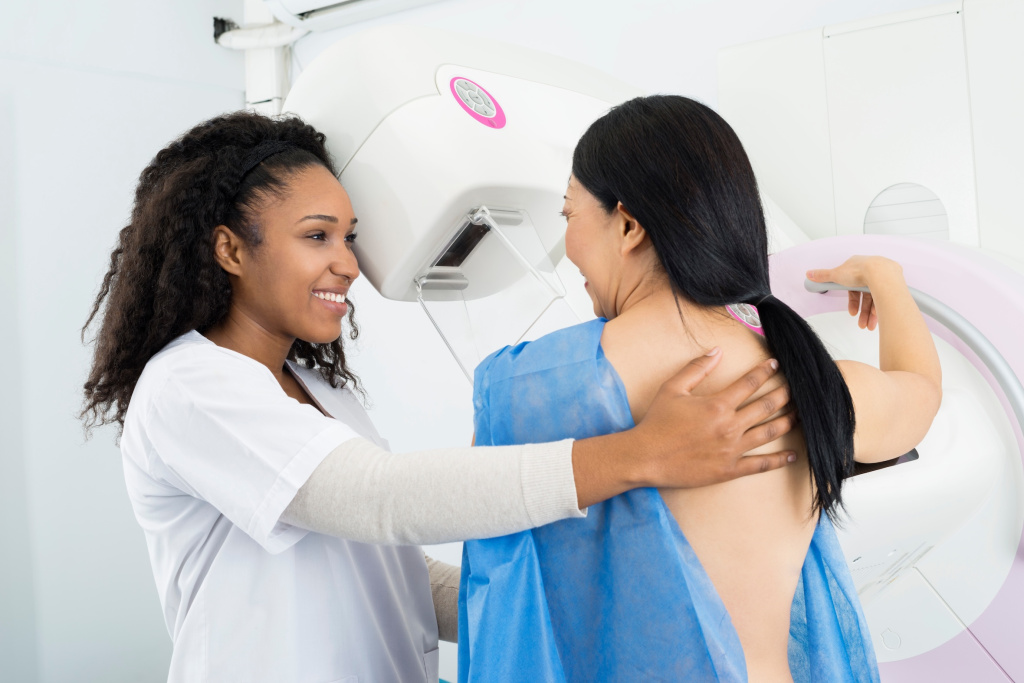
[This story was written by Moe Whitcomb, caseworker with St. Peter’s Crime Victim Services]
October marks Domestic Violence Awareness Month (DVAM), which the National Coalition Against Domestic Violence (NCADV) first recognized in 1981. DVAM is a time to raise awareness about and give voice to victims/survivors of domestic violence.
Domestic violence (DV), also referred to as intimate partner violence (IPV), domestic abuse, or relationship abuse, is a pattern of behaviors used by an intimate partner to gain or maintain power and control over another intimate partner in a relationship. Oftentimes, people think that DV only includes physical abuse. That rings true for what we often see in movies, shows, and in the media.
However, DV can also include emotional abuse, economic/financial abuse, verbal abuse, sexual abuse, and intimidation. DV can also occur when a partner uses their privilege, whether societal, assumed or “passing” (e.g. male privilege, white privilege, cisgender privilege), to gain or maintain power and control over an intimate partner and/or to discredit, deny, or invalidate a partner’s experience. DV can include any combination of these types of abuse and doesn’t always show visible injuries.
Anyone can experience DV. It does not discriminate. However, it’s important to acknowledge that DV impacts some people more than others. There is a common myth that women are the victims/survivors of DV, and men are the perpetrators. However, this is not always true.
People who identify as lesbian, gay, bisexual, transgender, and/or queer (LGBTQ) face a higher incidence of DV. According to NCADV, 43 percent of lesbian women and 61 percent of bisexual women have experienced DV at some point in their lives, compared to 35 percent of heterosexual women. According to the Williams Institute, 25 percent of gay men and 37 percent of bisexual men have experienced DV at some point in their lives.
The 2015 U.S. Transgender Survey found that 54 percent of people who identify as transgender experienced some form of DV in their lifetime. LGBTQ folks also encounter significant barriers to accessing services, due to societal belief that DV does not occur in LGBTQ relationships, as well as low levels of confidence in the effectiveness of the legal system for LGBTQ people.
It’s important to understand the variety of ways that DV can occur, who it impacts, and what services are available to help victims/survivors process and heal from the trauma of DV. Fortunately, there are safe and comprehensive services available for all victims/survivors of DV in the Capital Region.
St. Peter’s Health Partners’ Sexual Assault and Crime Victims Assistance Program (SACVAP) and the St. Peter’s Forensic Examiner Program recently joined to become St. Peter’s Crime Victim Services. The new partnership and name encompasses all services the program provides, with a mission to reduce the incidence and trauma of all crimes through person-centered emotional support, advocacy, and medical services, as well as community-based prevention efforts.
St. Peter’s Crime Victim Services offers short-term counseling, trauma therapy, and support groups to help victims/survivors of crime cope with and recover from their experiences. They also offer advocacy services during medical and legal appointments. All services are free and confidential.
For more information about Crime Victim Services, please call 518-271-3410 or visit our website at sphp.com/crimevictimservices. If you or someone you know has been the victim/survivor of a crime and needs to speak with someone outside of business hours, you can contact our 24-hour confidential hotline at 518-271-3257.





